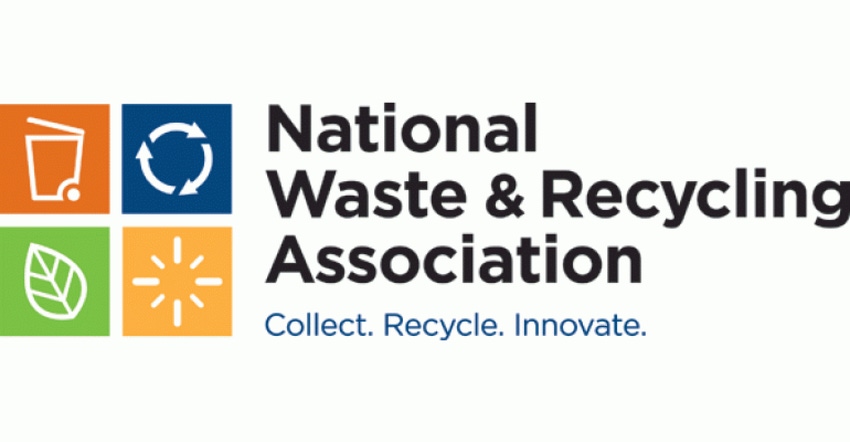Every year the Ohio NWRA chapter hosts a meeting to cover the current state of the industry in Ohio. This year's meeting was hosted on September 21 at The Athletic Club of Columbus.

The National Waste and Recycling Association (NWRA) Ohio Chapter holds an annual meeting to cover a number of legislative developments regarding the waste and recycling industries across the state.
These meetings typically consist of elections to fill any leadership positions that are opening up in the coming year, legislative updates regarding different House and Senate and guest speakers whose work impacts those within the industry.
Beginning the annual meeting was an introduction to Katie Evans, the newly hired vice president, Chapter Management and Member Relations who was hosting and coordinating the gathering, alongside the chapter’s current functioning chair, Kathy Trent, who was also guiding the event.
A major topic on the agenda was a reviewal of work to date by the Ohio Environmental Protection Agency (EPA). Ohio EPA’s Assistant Chiefs Joe Goicocheo and Brad Mitchell, alongside the newly chosen Division Chief Nichole Lemin spoke about the latest developments.
Lemin provided a concise description of the professional experiences that lead her to the position and expresses excitement to have a hand in working both with the agency as well as the NWRA chapter members.
After Lemin’s introduction to the group, Goichocheo presented the current state of a variety of initiatives being pursued by Ohio EPA.
Dividing the state of Ohio into five different districts, the agency serves the entirety of Ohio to achieve its environmental goals and ensure different licensed landfills and recycling facilities are complying with their standards.
An overarching detail Goichocheo excitedly presented was the success of the Scrap Tire Fund in the past five years and several of the projects this fund has gone on to fuel within the state.
An example of this program that has received funding is the tire pile removal project aimed to identify abandoned buried tire piles across the state and clean them up.
“This program has been around for more than 25 years, and you would think that after some time we would get to that last tire pile, but they continue to be uncovered,” says Goichocheo.
Another key detail from the EPA session is the importance of collaboration between the EPA and those within the waste and recycling industry.
Goichocheo boasts about the organization's hand in this waste diversion tactic. reporting a total of 393 licensed composting facilities in the state.
“We’re really proud of our composting program. Ohio is a nationally recognized leader on this front, and that really goes to show how when regulations are done correctly, they are intended to really support the industry and benefit everybody” Goichocheo shared.
The second half of the meeting was allotted to the discussion of the current legislative acts that are of interest to members of the NWRA.
Chapter Lobbyist Willa Ebersole went into detail about 18 Ohio House bills and seven Ohio Senate bills.
Specific attention was drawn to Ohio House bill 27 centered around increasing the criminal penalties associated with failing to secure a load on a vehicle, as well as Ohio House bill 111 which aims to alter the law governing the use of a handheld electronic wireless communications device while driving.
Ebersole informed the NWRA members of the current standing of senators and House representatives.
She noted that she believes Ohio's Republican-leaning legislative body is pro-business, which would mean their votes and rulings are expected to favor waste and recycling industry, but that some of the current Republican members of the House and Senate are not entirely aligned with this ideology.
Other bills Ebersole highlighted are Ohio House bills 158 and 283.
Ending the annual meeting was time for all members to discuss the information that was presented throughout the gathering. A major discussion point that was brought up by several members was their frustration with the differing interpretations of regulations by the EPA across the state.
About the Author(s)
You May Also Like




